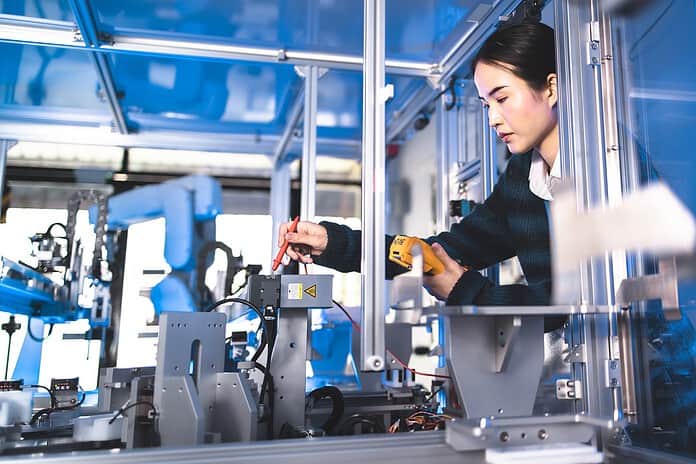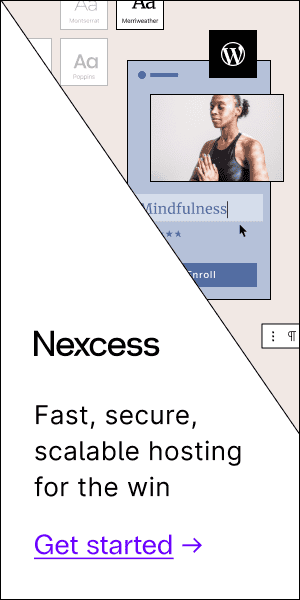The rapid development of lab equipment technology has brought about significant improvements in precision and safety. Laboratories across various fields, including pharmaceuticals, environmental testing, and chemical analysis, now operate with enhanced accuracy, speed, and reliability.
From automated liquid handling to advanced analytical instruments, each innovation is a testament to the progress in enhancing scientific research’s quality and safety. Modern laboratories benefit from equipment that streamlines workflows, minimizes risks, and ensures the highest levels of precision.
Read on to discover how these advances in lab equipment technology transform laboratory practices and enhance precision and safety.
Improved Pump Systems For Precision And Safety
Laboratories rely on pumps for fluid transfer, gas handling, and vacuum applications. Recent innovations in diaphragm pumps and systems have improved accuracy, reduced contamination, and minimized maintenance needs.
Companies such as knf.com/en/global, specializing in designing, manufacturing, and supplying diaphragm pumps and systems, have played a crucial role in this transformation.
Below are the benefits of modern pump systems:
Digital Control
Gone are the days of imprecise manual adjustments. Modern pumps leverage digital controls to ensure exact fluid flow rates and meticulous pressure regulation. This eliminates human error and guarantees consistent, repeatable results.
Diaphragm Technology
Unlike traditional pumps that expose fluids to internal components, diaphragm pumps utilize a flexible membrane to move fluids. This innovative design completely separates the fluid from the pump mechanism, eliminating the risk of contamination and ensuring the purity of your samples.
Reduced maintenance
Modern pumps are built to last. They often incorporate wear-resistant materials and self-lubricating designs, significantly minimizing the need for frequent maintenance and downtime. This translates to cost savings and improved lab efficiency.
These technological advancements have enhanced the precision of lab operations and bolstered safety measures, ensuring that lab environments remain safe and contamination-free.
Automated Liquid Handling
Automation in liquid handling has revolutionized laboratories by increasing efficiency and reducing the risk of human error. Automated liquid handlers are essential for high-throughput screening, next-generation sequencing, and PCR.
Here are the benefits of automated liquid handling:
Unmatched Speed and Throughput
Automated liquid handlers can perform thousands of pipetting tasks per hour, freeing up valuable time for scientists to focus on analysis and interpretation. This is particularly beneficial for high-throughput applications like drug discovery and genetic testing.
Enhanced Precision and Accuracy
Gone are the days of imprecise manual pipetting. Automated systems use robotic arms and programmable dispensing to ensure consistent, repeatable results with minimal variations. This reduces the risk of errors that can lead to compromised data and wasted samples.
Minimized Contamination Risk
Automated liquid handlers eliminate the need for manual manipulation of pipettes and sample tubes. This reduces the risk of cross-contamination between samples, which is crucial for PCR and cell culture experiments.
Streamlined Workflows
Modern liquid handlers are programmable and can be integrated with laboratory software. This allows for creating customized protocols and automated workflows, simplifying complex tasks and improving overall lab efficiency.
These enhancements make lab operations more efficient and improve the quality of data, which is critical for reliable research outcomes.
Advanced Analytical Instruments
Modern scientific breakthroughs rely heavily on the ability to detect and analyze minute details. Today’s analytical instruments have surpassed expectations, offering unparalleled capabilities for researchers and quality control specialists in the field of healthcare technology.
The following are notable advancements in analytical instruments:
Higher Sensitivity
Modern instruments like mass spectrometers now feature detectors capable of identifying substances at almost atomic levels. This sensitivity is crucial for detecting low-abundance biomarkers in medical research or trace contaminants in environmental studies.
Improved Resolution
Enhanced chromatographic techniques have led to better separation of complex mixtures. This improvement is vital in pharmaceuticals, where precise ingredient separation can impact drug safety and efficacy.
Faster analysis
Integrating high-speed computing with analytical instruments reduces the time required for data processing. Rapid results are essential in high-throughput settings, speeding up research cycles and time to market for discoveries.
These improvements allow for faster, more accurate identification of compounds in research and quality control.
Enhanced Safety Features
Lab safety is a top priority. Advances in equipment technology have brought about new features to ensure the well-being of lab personnel.
Below are the safety features of modern lab equipment:
Emergency Shutdown Systems
These systems are engineered to detect potential equipment malfunctions and shut down operations automatically. This feature is crucial for preventing accidents, especially in processes involving high temperatures or pressures.
Containment Enclosures
The design of modern containment enclosures, such as HEPA-filtered hoods and biosafety cabinets, has been optimized to provide superior protection against airborne contaminants. These enclosures are essential for handling hazardous substances, ensuring they don’t escape into the lab environment.
Remote Monitoring
Advanced monitoring technologies allow for the real-time tracking of equipment performance. This capability enables lab personnel to receive immediate alerts if parameters deviate from established norms, facilitating swift intervention to mitigate risks.
These innovations represent significant strides in lab safety, offering enhanced protection and peace of mind for scientists and technicians.
Conclusion
The relentless advancements in lab equipment technology have ushered in a new era of precision and safety. Automated liquid handling systems, modern pump technology, advanced analytical instruments, and enhanced safety features transform laboratory practices, ensuring accurate results and risk-free environments. As technology evolves, laboratories across all disciplines will benefit from streamlined workflows, reduced errors, and improved data quality, enabling scientists to focus on groundbreaking research.








